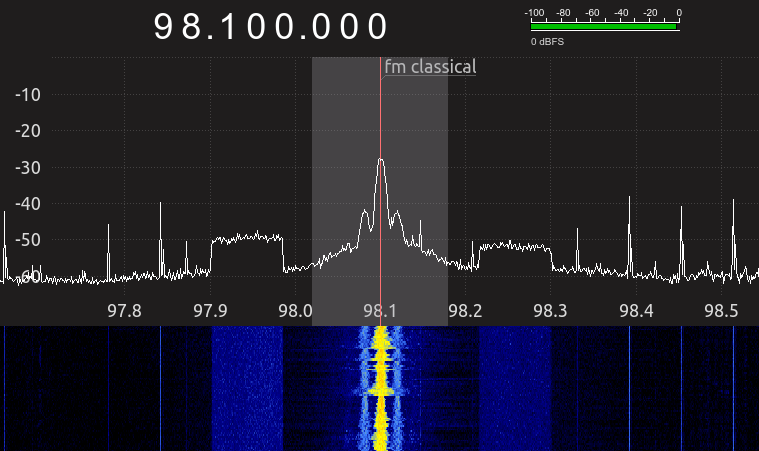
Frequency Hopping Spread Spectrum
There has been a lot of talk lately about radios in the Ukrainian War. While the Ukrainian soldiers have radios, they won't talk on them. Soldiers are very worried that if they press the PTT (Push To Talk) button on a radio, their position will be found and drone bombed.
This is a real fear.
In the GWOT (Global War On Terror) there was a lot of talk about listening to Icom traffic. That was because the use employed Icom scanners to scan and listen to Taliban or ISIS radio traffic.
However, direction finding a signal requires two things:
- A single frequency transmission.
- Time for the direction finding equipment to listen and triangulate.
A single frequency transmission looks like the following picture.

However, FHSS (Frequency-Hopping Spread Spectrum) looks very different and hops all over the place. Here is a good quick video. https://www.youtube.com/watch?v=6qNWQxRKoss
The frequency hopping spread over a larger spectrum significantly increases the difficultly to listen and direction find. It really requires an SDR (Software Defined Radio) and deep knowledge to use it. In order to "hear" a conversation the mathematical formula that the transmitting radio is using to spread the conversation over that amount of spectrum needs to be known in order to re-assemble the audio conversation. This isn't to say that someone looking at the 900 Mhz spectrum wouldn't know that someone was out there.
Typically if a business wanted to use radios, they would have to apply to the FCC for a Business Band frequency in the UHF frequency range that would be designated as theirs.
However, due to the amount of businesses wanting their own channel, Motorola came up with the idea to insert FHSS into 900 Mhz radios which allowed a greater density of people to utilize radios in a a smaller area and not trip all over each other.
The Motorola DTR 700 is the latest iteration of this which also layers on Motorola's proprietary digital messaging protocol.
It is an excellent way to hide in plain site.
